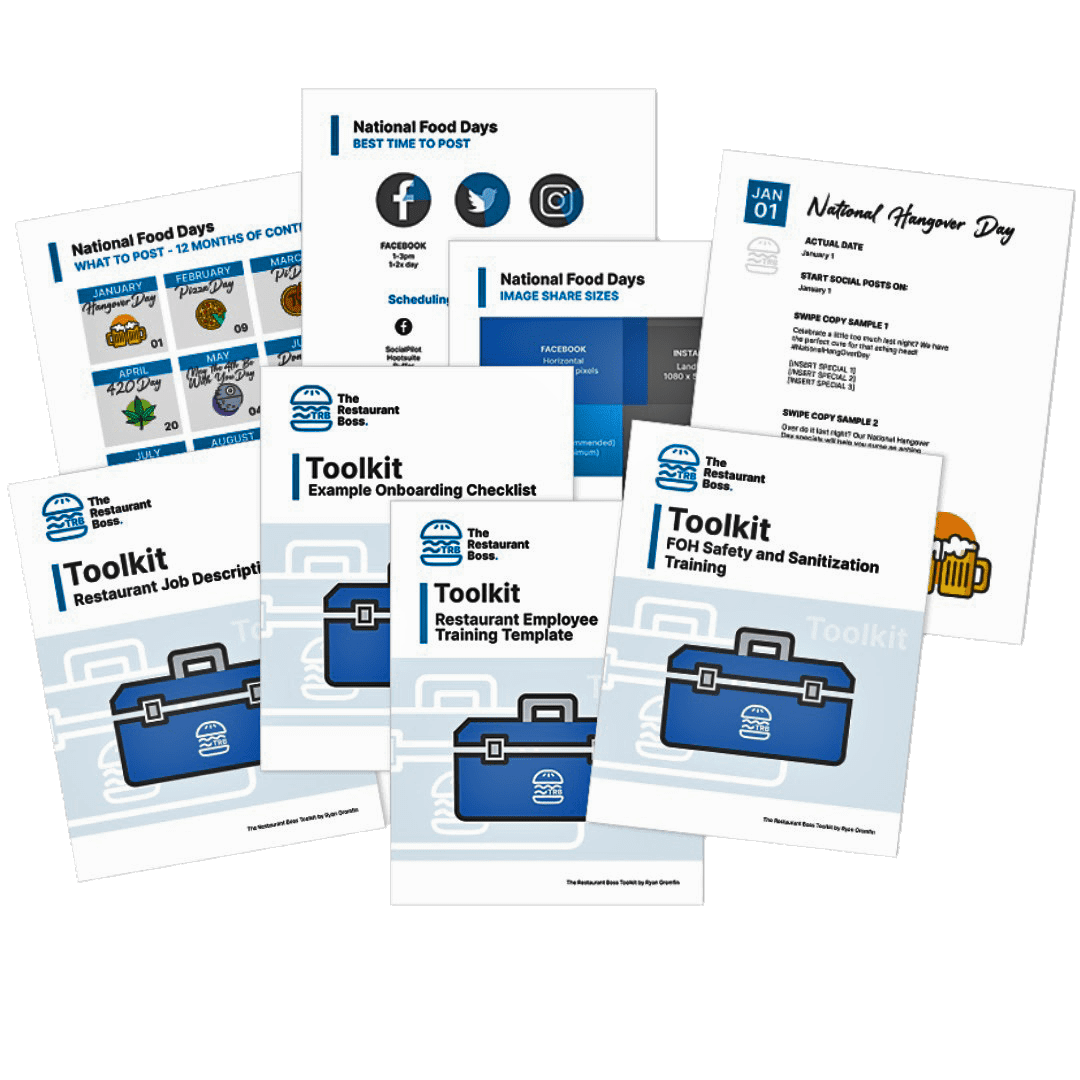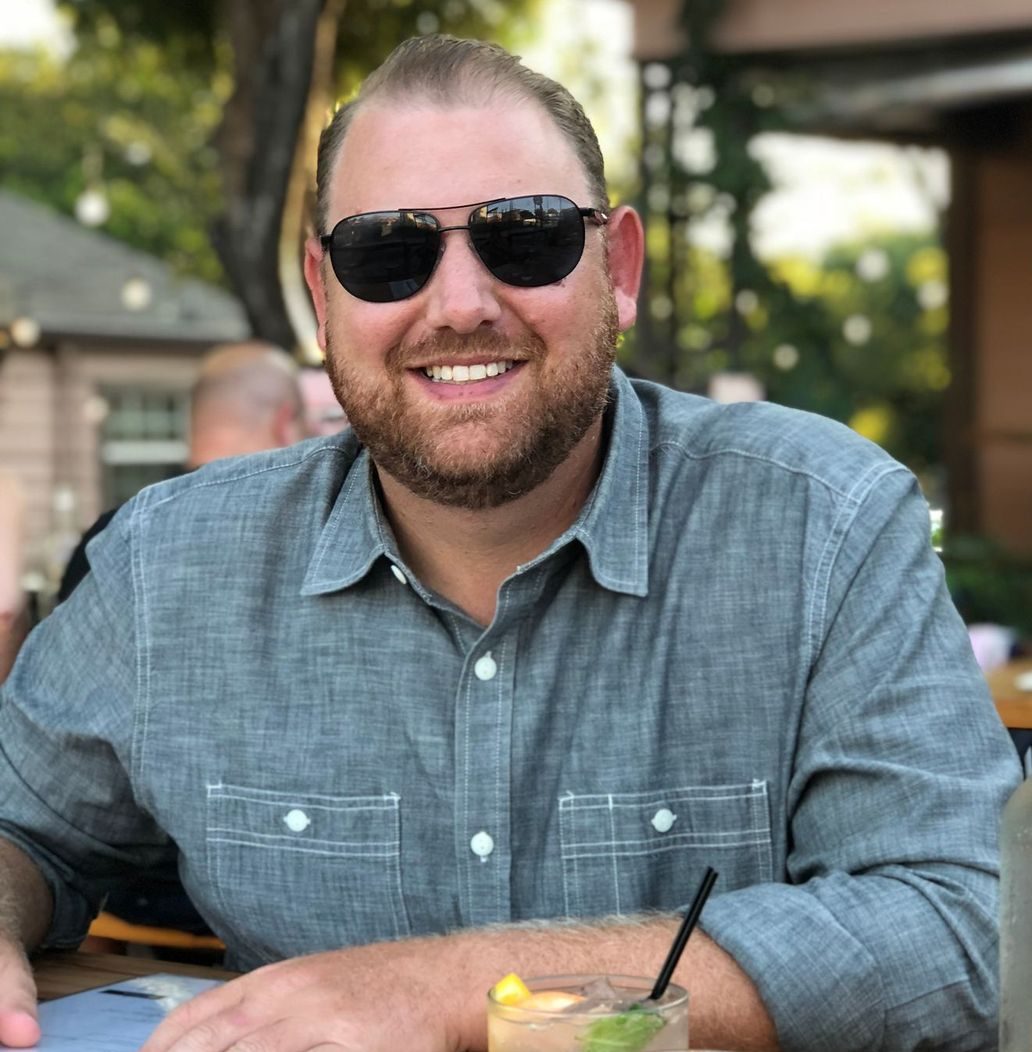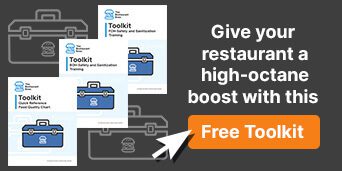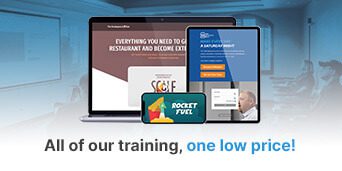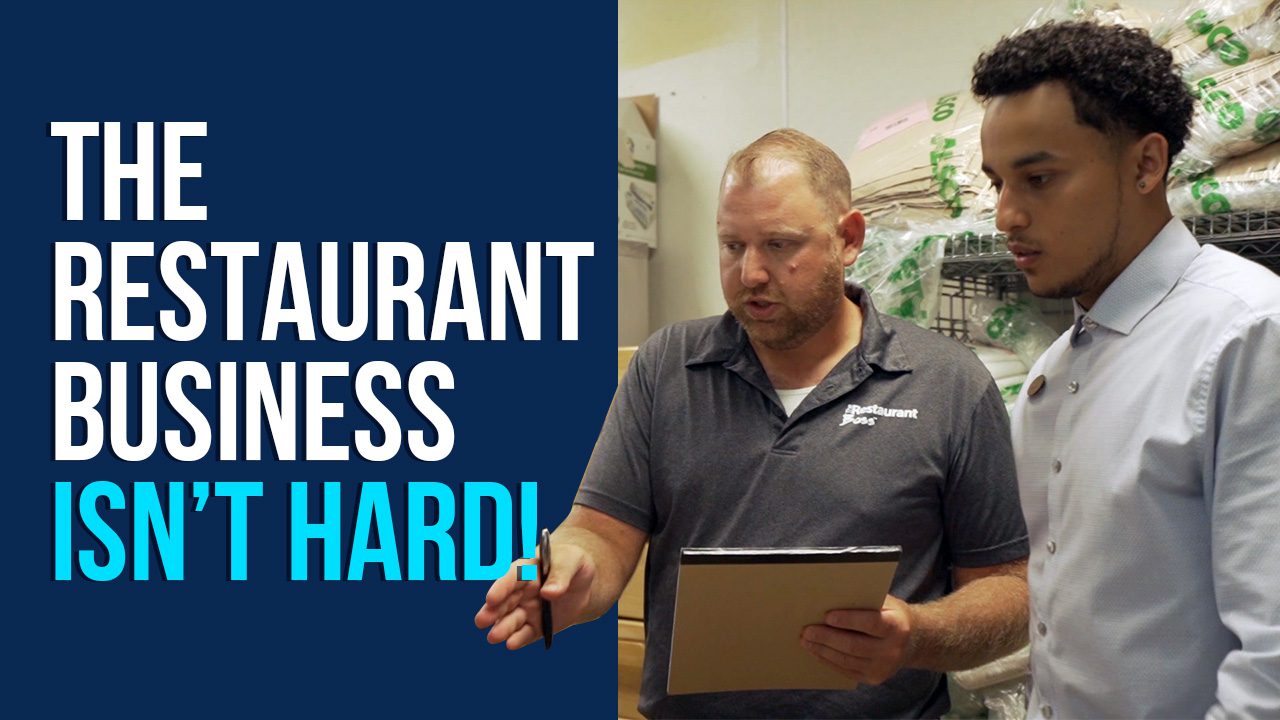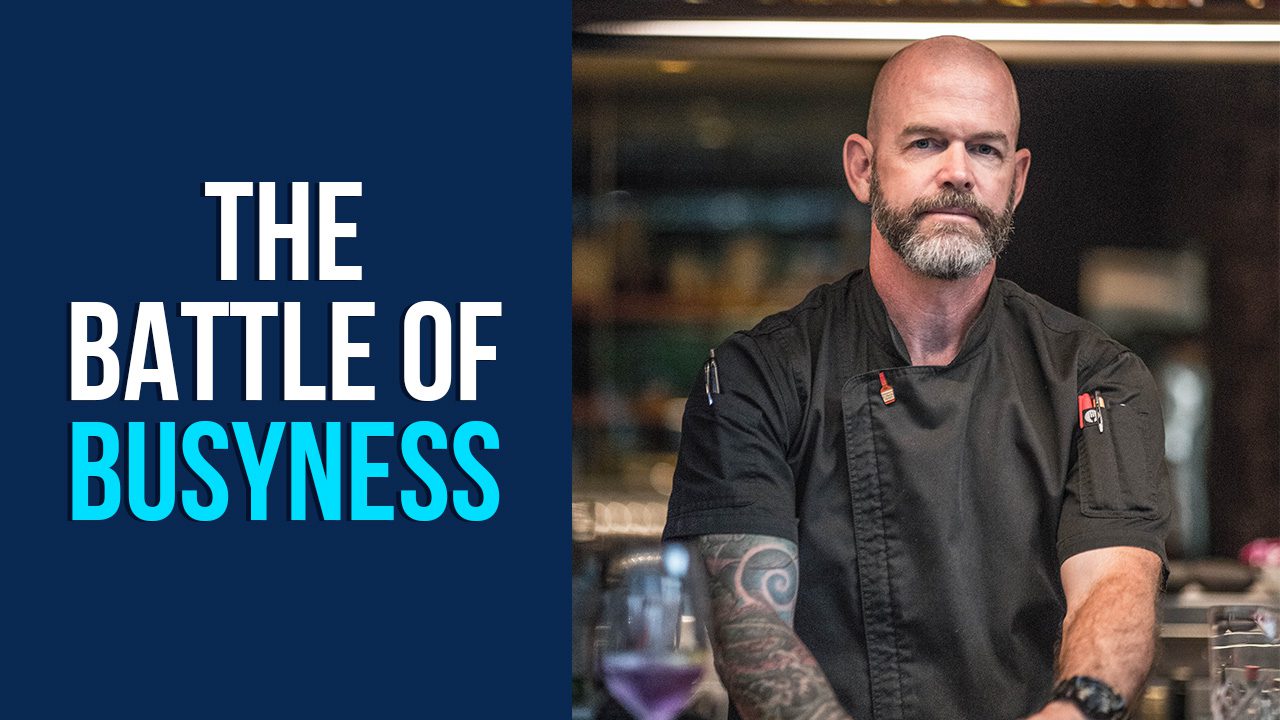What is Restaurant Prime Cost
Today’s video is all about Prime Cost: why it’s important, how to calculate, and how to measure up. Watch now >
PODCAST
Read the Video Transcript by Clicking Here...
Introduction:
Today we’re talking about Prime Cost. If you’re an owner/operator, employee, manager, chef, or GM of a restaurant or any food service business Prime Cost is probably the most important number that you can track.
What is Prime Cost?
Prime Cost is a term that’s used by almost any industry that manufactures anything. The very simple formula for Prime Cost is: Prime Cost = Total CoGS + Total Labor / Total Sales. You can rewatch the previous video about Food Cost to figure out how to get Total CoGS or the Labor Cost video to figure out how to get Total Labor. Those two together divided by Total Sales for a period or a rolling period (which I suggest) divided by the sales for that same period will give you Prime Cost.
Why is Prime Cost so Important?
Because it’s possible to have a high food cost and a low labor cost or a cost of goods sold. It’s also possible to have a low cost of goods sold and a high labor cost. Obviously we want them both to be low, but the thing is when people say, “What should my Food Cost, Total CoGS, Labor Cost, etc. be?” – the answer is “I don’t know.” What I do know is, generally speaking, the more you make in-house, the lower your cost of goods sold should be.
The opposite also holds true…if you’re buying your salad dressings, prep items, bread or tortilla chips already made, then your cost of goods sold is a little higher. Because to buy that stuff costs more but your labor cost should be a little lower.
The ‘Ideal’ Prime Cost
People used to always talk about 60 percent being the magic number, maybe even 65 percent. But as insurance, cost of doing business, rent, marketing expenses and everything else has gone up – Prime Cost needs to be less than 60%. There are a few exceptions to this, one of those exceptions is a restaurant in a hotel or a country club. Something where your restaurant is expected to do more and stay open later because of the other services that it supports. Those are the rare exceptions where you could be over 60% and still be profitable. Generally speaking, with the clients I work with, if their prime cost is above 60%, they are not as profitable or even profitable at all. Your goal is to get your prime cost to 60% or below.
I hope you enjoyed today’s video, I look forward to bringing you another great video like this next week. Have a wonderful day!
Read More
Running a Restaurant Isn't Hard
The #1 complaint in restaurant management is poor employee performance. If you’re not following this simple 5-step plan to train your employees, you’re never going to get the results that you want from them …ㅤㅤㅤ
Busy Is Killing Your Restaurant
Are you busy? There are things you’re doing all day, every day in your restaurant and it’s those things that are going to put you out of business. There are 4 things you can do today to battle the busy inside your restaurant …
Follow For More:
